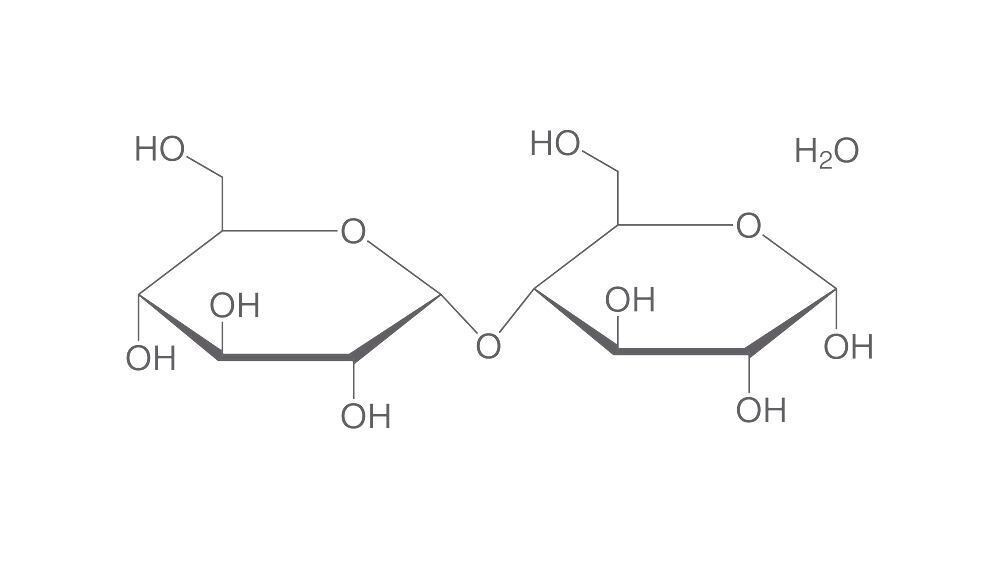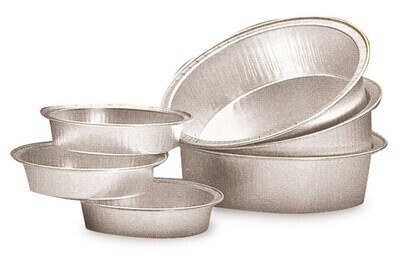D(+)-maltosa monohidrato, 500 g
D(+)-Maltose monohydrate CELLPURE® ≥97 %
| Endotoxinegehalte | ≤1,0 E.U./g |
Carbohydrates or Saccharides make up 50 % of the dry biomass of the earth and are therefore the most frequent class of biomolecules. Besides at least two hydroxy groups, they also have an aldehyde or a ketone group and can be subdivided according to the number of monomeric components in mono-, di-, oligo and polysaccharides.
Whereas mono-, di- and oligosaccharides are soluble in water, taste sweet and are therefore called as sugar, polysaccharides are hardly, or not at all, soluble in water and have a neutral taste.
Carbohydrates, together with fats and proteins make up a large percentage of nutrition. In addition to their central role as an energy source, they are also an important structural component especially in plants (e.g. Cellulose). Ribose, a monosaccaride with five carbons (C5H10O5) is an essential element of coenzymes (such as ATP, FAD and NAD) and a structural component of RNA. Desoxyribose (a ribose derivative) is a structural component of DNA.
Disaccharides
Disaccharides consist of two monosaccharide units. These are interlinked covalently via a glycocide bond. The most familiar representatives are saccharose, lactose and maltose.
| Endotoxins | ≤1,0 E.U./g |
| Appearance | white powder |
| Assay | ≥97,0 % |
| pH value (10 % in H2O) | 4,0-5,5 |
| Water (KF) | 4,5-6,5 % |
| Ash content | ≤0,05 % |
| Ethanol | ≤0,1 % |
| Methanol | ≤0,05 % |
| Cu (Copper) | ≤0,0001 % |
| Cr (Chrom) | ≤0,0001 % |
| Fe (Iron) | ≤0,0001 % |


![8-Oxa-2-azaspiro[4.5]decane, 95.0%, 10g 8-Oxa-2-azaspiro[4.5]decane, 95.0%, 10g](https://d2j6dbq0eux0bg.cloudfront.net/images/88473019/4868631282.png)




![7-(TERT-BUTOXYCARBONYL)-5,6,7,8-TETRAHYDROIMIDAZO[1,5-A]PYRAZINE-1-CARBOXYLIC ACID, 95.0%, 250mg 7-(TERT-BUTOXYCARBONYL)-5,6,7,8-TETRAHYDROIMIDAZO[1,5-A]PYRAZINE-1-CARBOXYLIC ACID, 95.0%, 250mg](https://d2j6dbq0eux0bg.cloudfront.net/images/88473019/4868197530.png)





